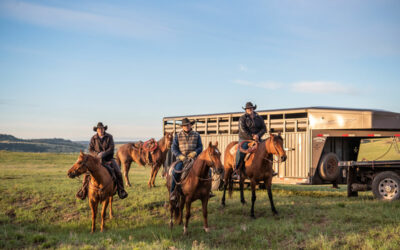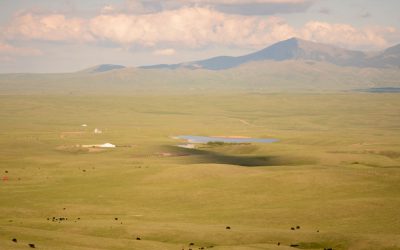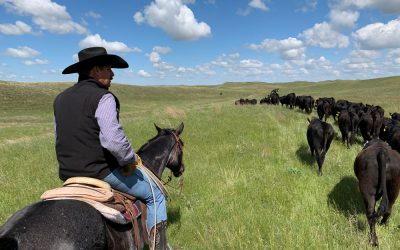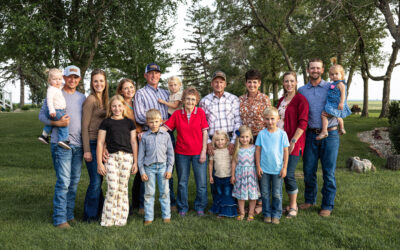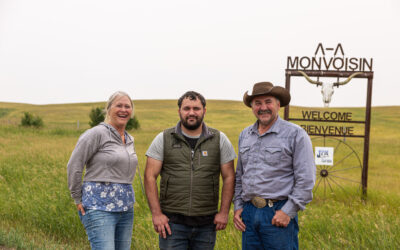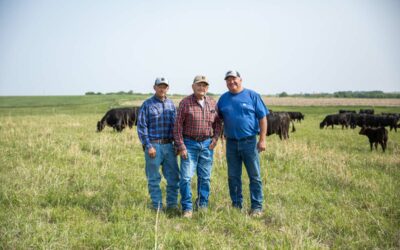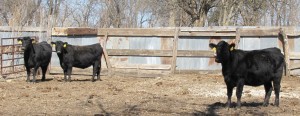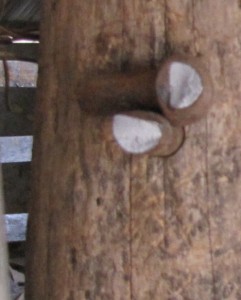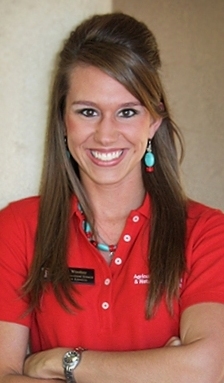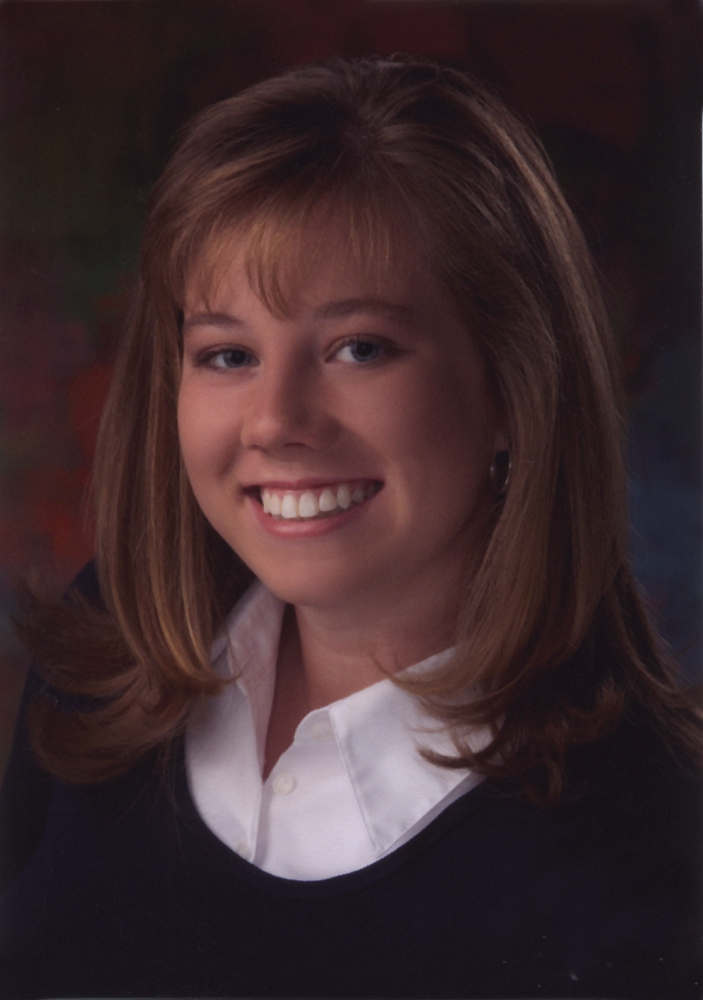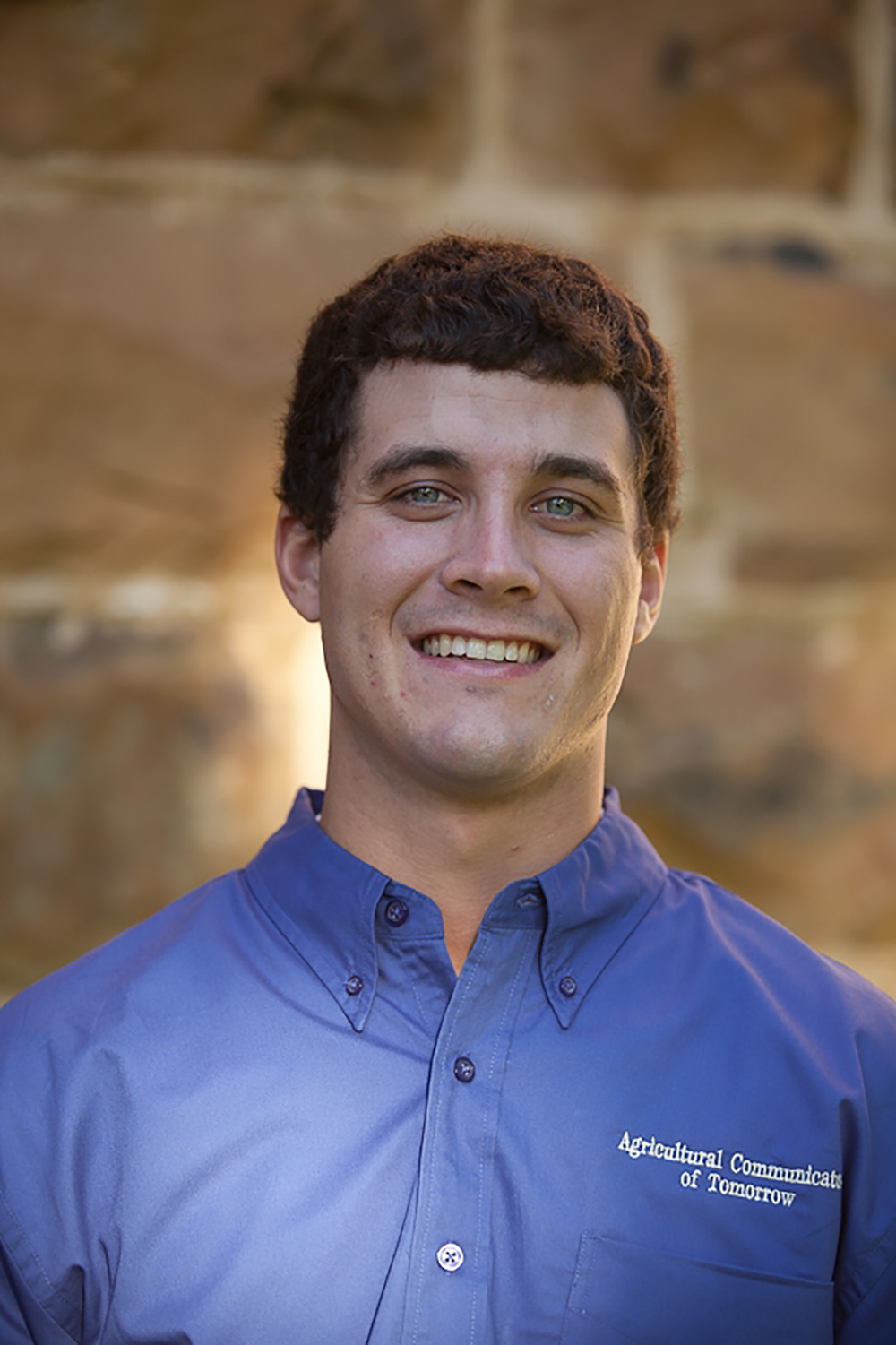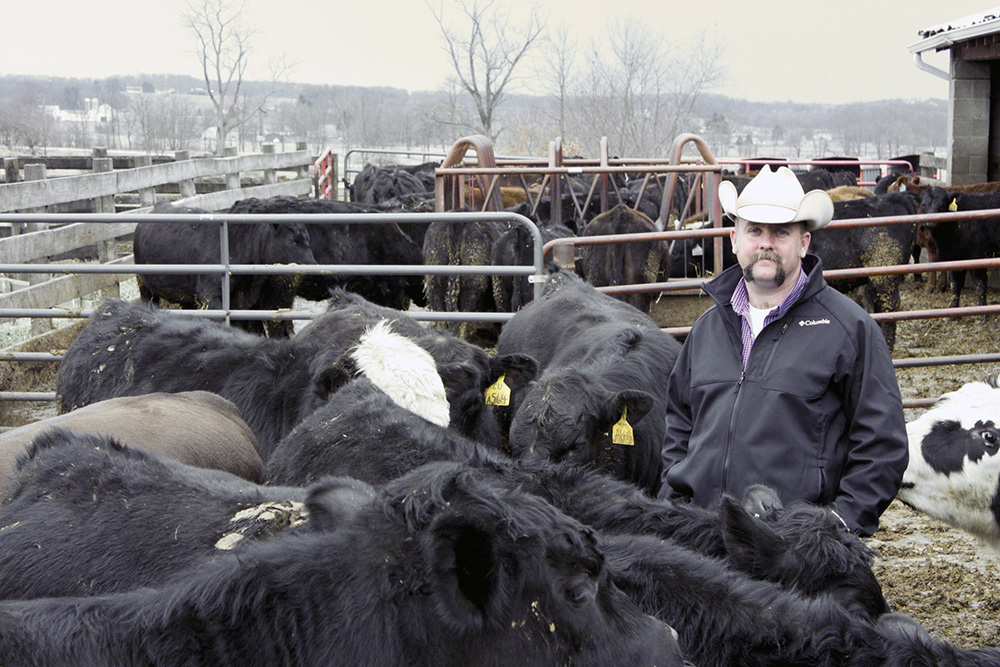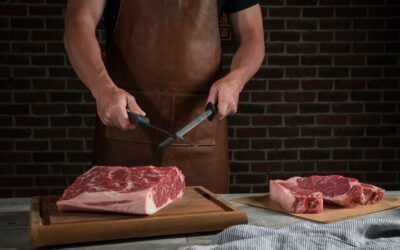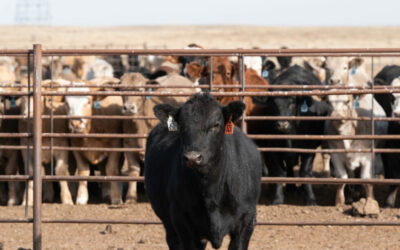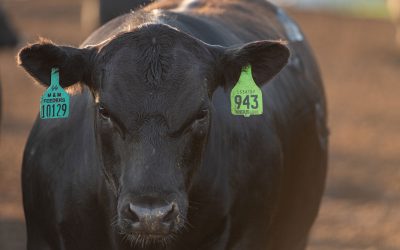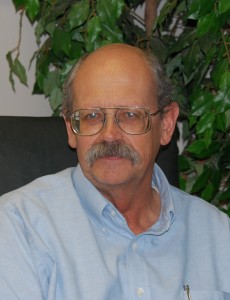
Team building in the herd
The winning drive to beef quality
By Laura Nelson
Preventing a “draft bust” in quarterback selection is the first step to build a winning team, says Pfizer Animal Health veterinarian Jason Osterstock.
But the genetic epidemiologist isn’t talking about football or the gridiron; he’s analyzing sire selections for beef cattle herds.
With cattlemen as general managers of the ranch team, their No. 1 responsibility is to make personnel and roster decisions, like what sires and cows will drive genetic improvement.
“The herd sire is there for the long term, and his ability really lays out the success of the operation,” Osterstock points out. “We each invest a lot of effort, attention and diligence in evaluating those herd sires before we draft them.”
Whether you go with a proven free agent with a lot of hits and high accuracy numbers or a young, unproven draft pick, that herd leader has to be surrounded by a line that stands up to his genetic ability, too. In Osterstock’s analogy, presented at a 2012 Cattlemen’s College seminar, that’s the cowherd.
“They’re the ones really doing the work, and they have to match up with the QB’s potential. It doesn’t matter how good the quarterback is if the line, or in this case your cows, can’t keep him standing upright.”
So how does an expert manager put together a team that’s Super Bowl ready? Systematic selection that utilizes the latest DNA-testing resources, Osterstock says. There are well-established methods for incorporating those predictions into the EPDs (expected progeny differences) for genomically tested registered bulls, but commercial females and their progeny represent a new opportunity.
“When we look at the benefits of genomic technology, it’s really about avoiding the draft busts,” he says. That goes for the cow line, too. “We have to accumulate enough information so that we can make investments in younger animals with a fairly minimum amount of certainty in their long term potential. And we have to do it in a much more systematic, intelligent and strategic way.”
The competitive advantage DNA technology has against other selection tools is its early predictive ability, like reading the other teams’ playbook, even before they get a peek.
“We can really get a feel for those traits that we’re most interested in for our operation’s profitability, and then make those decisions as soon as possible.” Osterstock says. “The early-in-life part is a terribly important issue here because that’s where the opportunity is.”
He points to the cheering fans in the grandstands–steak-loving consumers–as the most critical piece of the game plan. After all, even a champion team isn’t worth much if it doesn’t have a fan base to fill the seats, pay the salaries and rave about the experience.
“Ultimately,” Osterstock says, “we need to make sure we’re making those decisions based on consumer eating satisfaction. We can expend a lot of time and effort, but we are going to have a hard time ensuring a place at the table for beef and ensuring a competitive market for our product if they’re not happy.”
Those traits focus predominantly on marbling and tenderness.
“If the consumer perceives that a certain type of beef has a more favorable eating profile, then they are certainly willing to pay for it,” he says. “Those with that kind of product will be rewarded.”
Market volatility calls for strategic investment in technology that help produce sought-after beef more efficiently. But before taking genetic selection to the make-sure level of DNA testing, Osterstock suggests finding answers to three questions:

- Can I make real improvements? Carcass traits carry heritability of 35% to 40%, so the veterinarian says, “Yes, we can make systematic, cumulative genetic progress and improve the herd’s genetic merit over time.”
- Which ones should I test? “Focus on the young animals,” Osterstock says. “That’s where the most opportunity is.” Pay mind to the selection tools you currently use, such as EPDs, health information and eye appeal. Sort off the animals that don’t make the cut on those standards; then collect samples for DNA testing on the rest.
- What test should I use? “Choose a test that provides information for the traits that you are going to put an emphasis on,” he says. Quarterbacks are usually the highest-cost member of a team, and for good reason. You want more information on him, so buy a bull with EPDs enhanced by an extensive DNA test that examines many traits.
The female “linemen” may need a smaller, more focused test to evaluate their abilities and keep costs under control. “In that situation we might choose to use a test like GeneMax™ that would give us an opportunity to assess a replacement heifer’s genetic potential for specific traits like marbling and growth,” Osterstock says.
That’s provided the heifers—or steers that could be evaluated for feeding and carcass potential—are 75% or more Angus, since GeneMax ties into the American Angus Association’s expansive genetic database, he adds.
Once the DNA test of choice has been selected and put in play, the final drive is to rank the animals’ genetic potential from top to bottom. “Then, draw a line in the rank and say, ‘these animals do not fit what I had envisioned for my operation and therefore I choose not to select them, and these other animals do fit my goals,’” Osterstock says.
As animals above the line gain influence over herd genetics and build year-over-year improvements in carcass traits, the odds improve for Team Beef winning the Super Bowl of long-term demand, he says. “It’s a plan that assures we deserve a place at the dinner table.”
You may also like
Everything They Have
Progress is a necessity on the Guide Rock, Nebraska, ranch where Troy Anderson manages a commercial Angus herd, small grower yard, his 10-year-old son, and a testing environment. Troy’s approach includes respect for his livestock, people and land. For that, Anderson Cattle was honored with the CAB 2023 Commercial Commitment to Excellence Award.
Progress, Not Perfection
It’s a labor of love, obvious in the way she lights up explaining their family’s 33-year effort to proactively adapt Angus cows to their land. A lifetime of telling stories from the pasture or kitchen has resonated with nonfarm consumers as much as fellow ranchers. “Everything we do is about cattle, but it’s also about family and connecting our kids to the land and to the cattle,” Debbie Lyons-Blythe says.
The Competitive Drive
The Bootheel 7 brand that marks the hips of the Wasserburger’s cow herd could stand for the seven state wrestling titles held between three boys in the fourth generation, but that mark far predates their competitive drive. It’s been the brand carried by Wassserburgers looking for the ‘W’ since the homesteading era.



